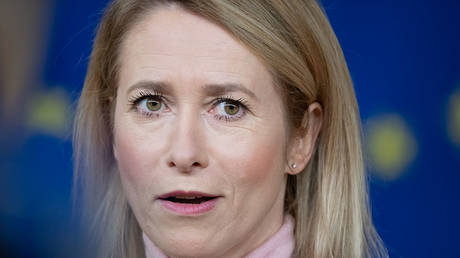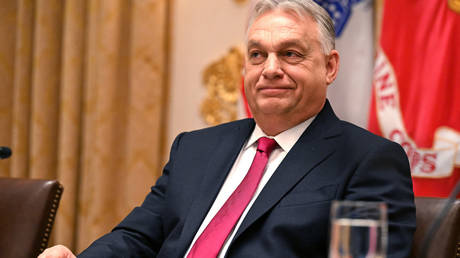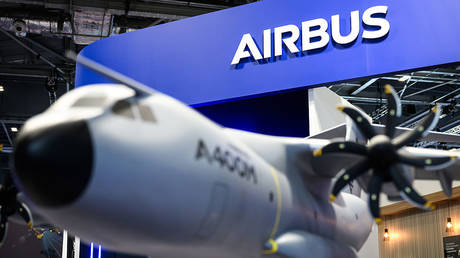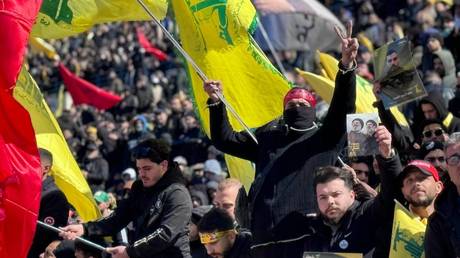
A report from Beirut, where the funeral of the militant group’s former Secretary-General Hassan Nasrallah took place on Sunday
Over the past ten years, I’ve made regular trips to Lebanon and have seen Beirut on many occasions. I’ve seen it thriving and joyful, desperate and powerless, shattered by explosions, exhausted from street protests, triumphant and oppressed, scorching hot, and drowning in heavy rains. But one thing remained constant: Beirut was always a city of heroes and of the Resistance, the heart of a nation that fought relentlessly and never gave up, despite ongoing political and economic crises.
This past Sunday was particularly significant for Beirut – the city held the funeral of Hassan Nasrallah, the former Secretary-General of Hezbollah who was killed in southern Beirut on September 27, 2024, due to an Israeli airstrike. To assassinate Nasrallah, Israel dropped 80 bombs, each weighing a ton, on a small building.
On the day of his funeral, the site of Nasrallah’s death became a pilgrimage destination. Hundreds of people gathered amidst the rubble from early morning. Flags of the Axis of Resistance were hung everywhere; slogans and calls to fight were written all over the walls. Without exaggeration, this has become a sacred place for millions of Muslims worldwide.
Who was Sayyid Nasrallah?
It’s no coincidence that Hezbollah is so closely associated with Nasrallah. While he wasn’t the first Secretary-General of the party, he certainly was its most prominent and charismatic leader.
Nasrallah grew up in a poor neighborhood of Beirut, in a large family. Those who knew him claim he had a thirst for knowledge and a love for the Quran from a young age. According to Nasrallah himself, he began practicing all the Islamic precepts by the age of nine, after studying religious texts.
When the civil war erupted in Lebanon in 1975, Hassan and his family fled Beirut. They returned to their hometown of al-Bazuriyah where at the time, the Lebanese Communist Party was highly influential. Though he never became a communist, the atmosphere in the village significantly shaped Nasrallah’s political consciousness.
In the local Muslim library, Nasrallah formed a group of religious youth. It was there, at just 15 years old, that he joined the Amal Movement and became its official representative in his village.
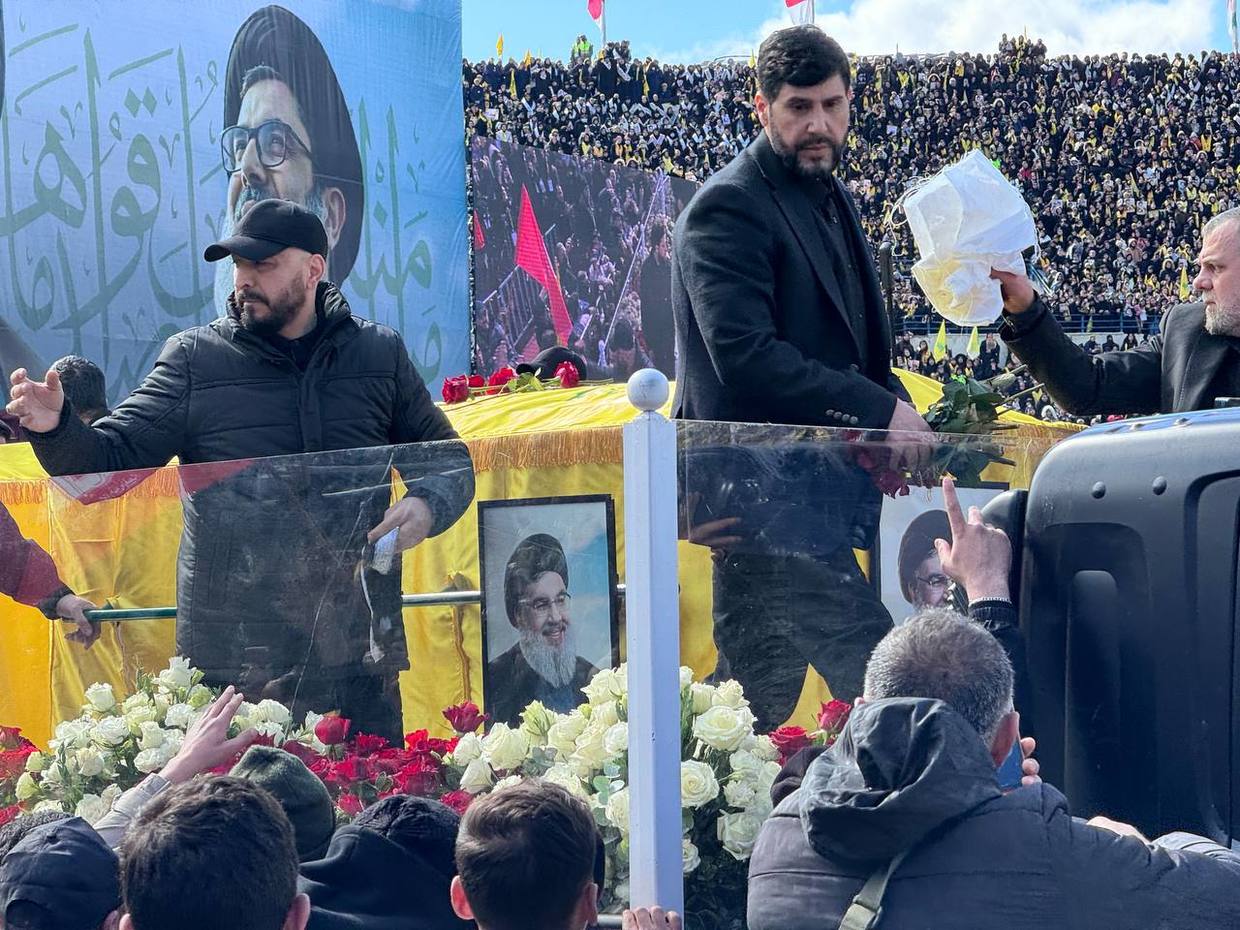
© Abbas Juma
After completing his education at a Lebanese school, Nasrallah continued his religious studies in the holy Shiite city of Najaf, Iraq. There, he met Abbas al-Musawi, who introduced him to the influential ayatollah Muhammad Baqir al-Sadr, the ideological leader of the Islamic Dawa Party. Al-Sadr assigned al-Musawi to mentor Nasrallah, and the future Hezbollah leader remained his student until Saddam Hussein expelled Lebanese Shiite scholars from Najaf in 1978. That same year, Nasrallah returned home.
In 1980, alongside several other members of the Dawa Party, Nasrallah rejoined the Amal Movement. He became its official representative in the Beqaa Valley, organizing seminars, cultural events, and lectures in husayniyyas and mosques to boost the local population’s religious literacy.
In 1982, just a week after Israel invaded Lebanon, Nasrallah left Amal with a group of like-minded individuals. Under the guidance of Iran’s IRGC, they united with members of the Lebanese Muslim Students’ Union, followers of the Dawa Party, and other small Shiite groups, thus forming Hezbollah.
Today, Hezbollah is considered an integral part of Lebanese society. It stands as one of the main political and economic forces in the country, having repeatedly rescued Lebanon from crises.
Under Nasrallah’s leadership, Hezbollah ended Israel’s 18-year occupation of southern Lebanon, forcing the IDF to withdraw in 2000. Six years later, Hezbollah defeated Israel in another war. More recently, during the conflict that began in Gaza and spread to southern Lebanon, Israeli forces once again failed to achieve significant military victories. Many Lebanese returned to their homes in southern Lebanon while northern Israel remained desolate. However, Nasrallah and his close associates paid for this victory with their lives.
Death is not the end
The assassination of Hassan Nasrallah by Israeli forces in September of last year dealt a significant blow to Hezbollah. The party’s armed wing suffered greatly and was partially crippled.
However, the organization is structured in such a way that neither the death of its leader nor heavy casualties can destroy it. This resilience stems from Hezbollah’s decentralized structure and doctrine. Like a lizard regrowing its tail, the party quickly regenerates, relying on the strengths of its personnel and military infrastructure.
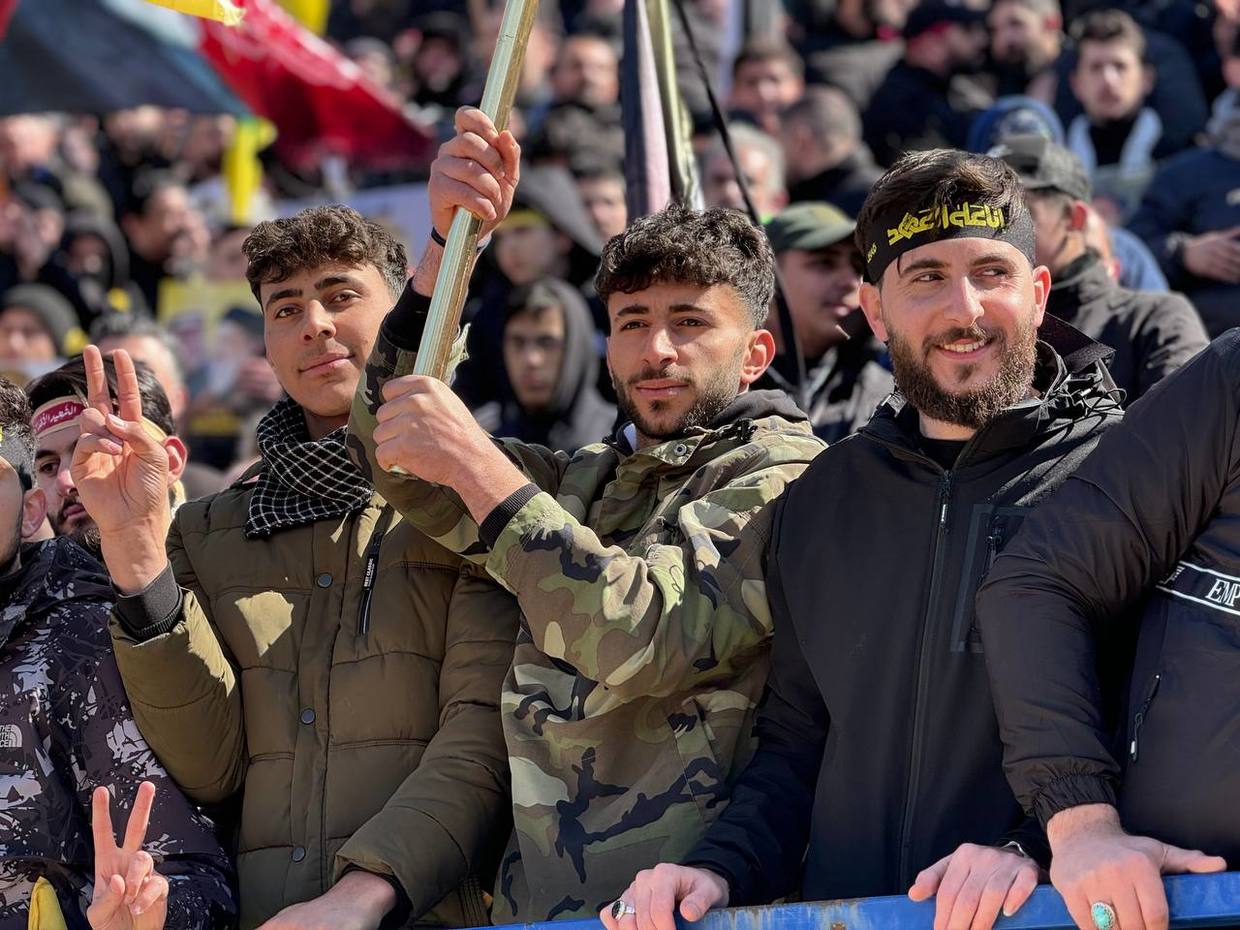
© Abbas Juma
As the first generation of party members gives way to the second and third, a new wave of trained, highly motivated, and ambitious young people emerges. They are the ones who filled the streets of Beirut on the day of Nasrallah’s funeral, waving the party’s yellow and green flags and holding portraits of fallen heroes. However, they also possess significant political influence and a vast arsenal of rockets and munitions, including ballistic, anti-tank, and anti-ship missiles.
It’s important to remember that the younger generation of Hezbollah, just like their predecessors, is backed by Iran. While in the 1980s, when the party was just starting out, Iran itself needed support in the fight against Iraq and had little more than ideology and faith to rely on, today Iran is a leading regional power with space technologies and hypersonic missiles.
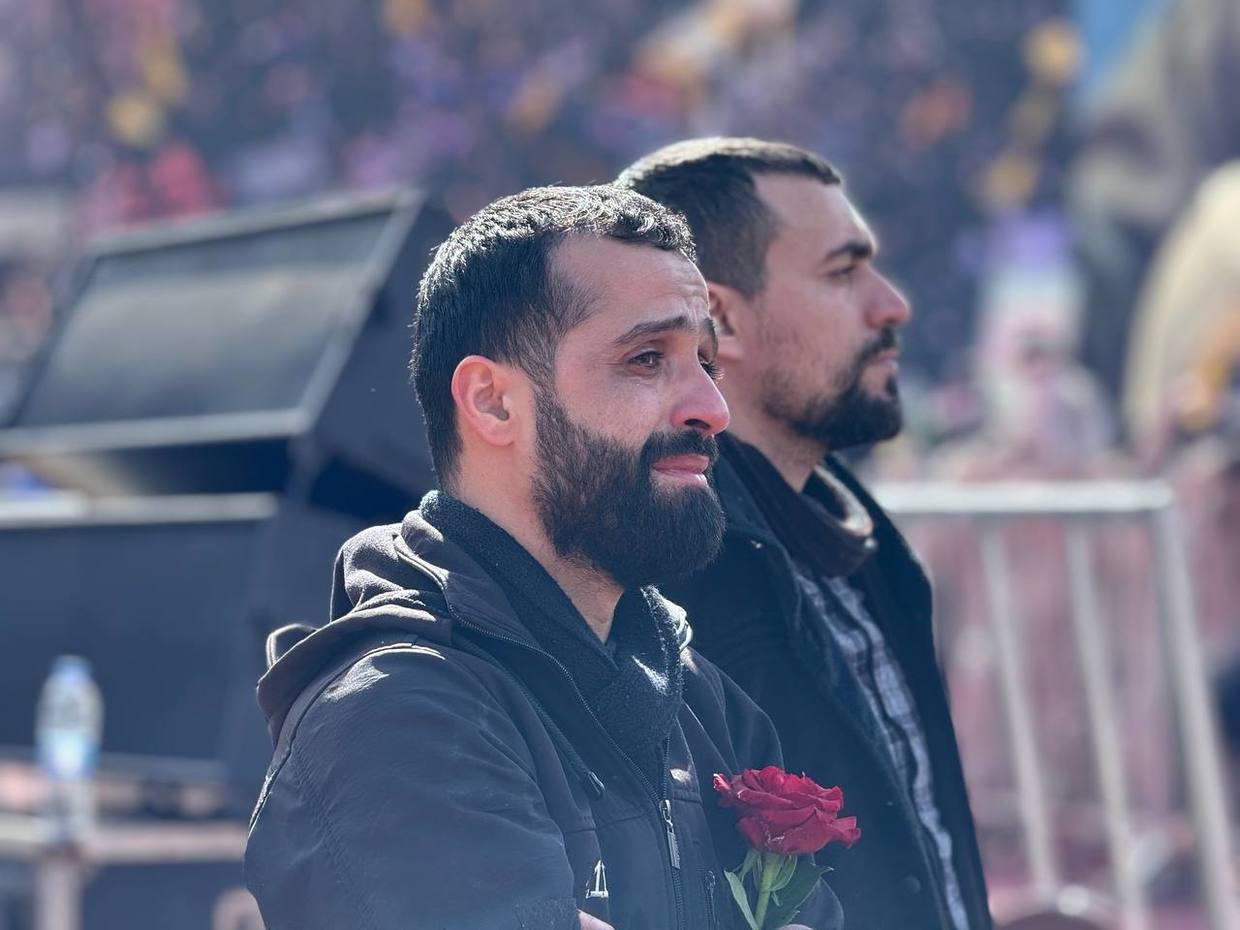
© Abbas Juma
“Why does the Islamic Republic support Hezbollah? Because when we carried out the Islamic revolution, it became one of the symbols of the Resistance front and of supporting the oppressed throughout the world. Strictly speaking, that’s where it all started, and Iran bears significant responsibility in this regard,” said a young theologian from Mashhad, Iran, who came to pay his last respects to Hassan Nasrallah.
“Today, Hezbollah is at the forefront of the fight against global imperialism. And we, Iranians, will always stand by them. We supported them in the early ‘80s when our own country was embroiled in war with Iraq and we needed help ourselves. Yet, we still helped Hezbollah in its early days. You know, I am not a wealthy man, and Lebanon is an expensive country. Honestly, I had to sell some personal belongings just to be here. But does that even matter today?” he said.
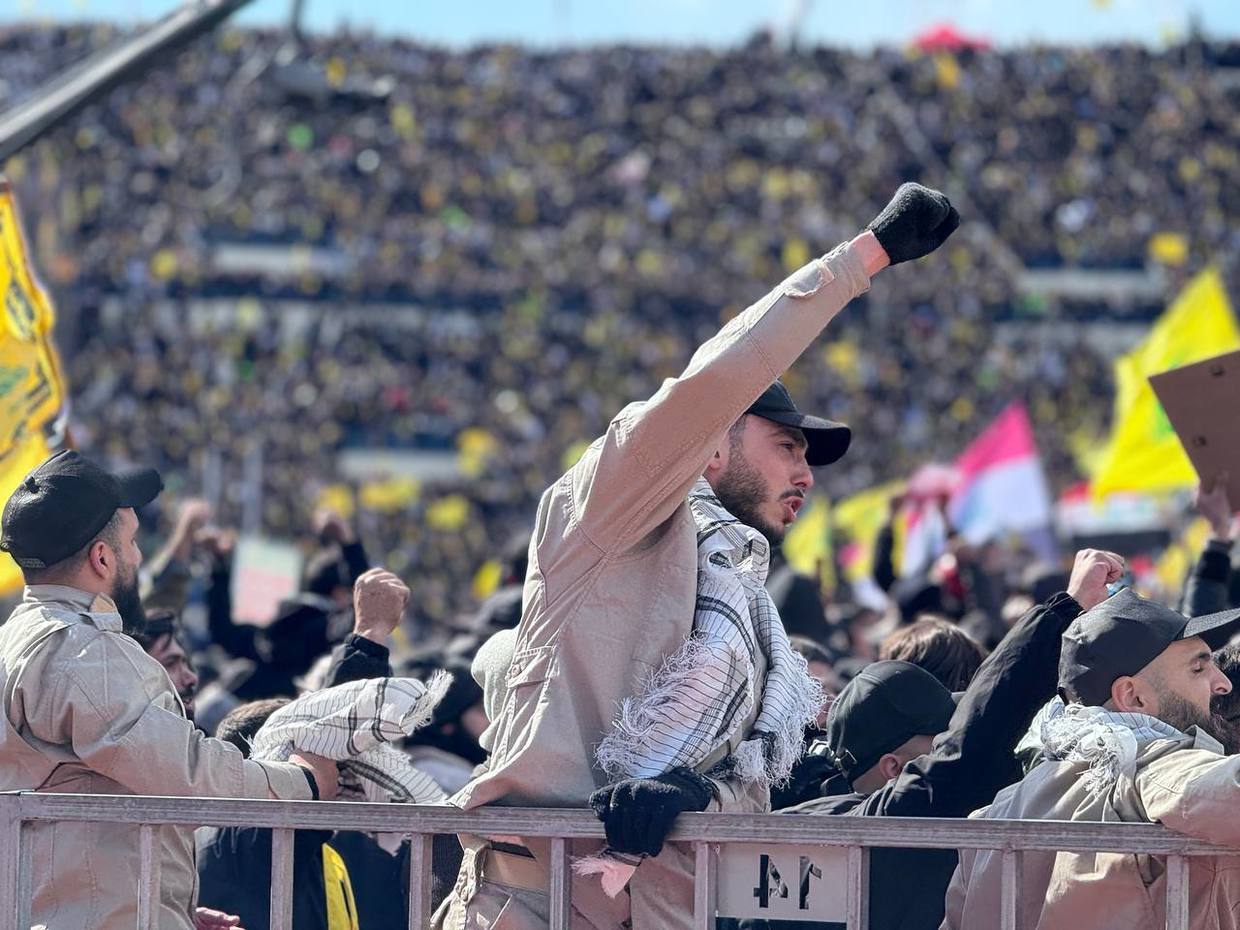
© Abbas Juma
Not saying goodbye
From early morning, southern Beirut, adorned in the colors of Hezbollah’s flag and displaying portraits of Nasrallah, was buzzing with activity. People rushed about, shouting and bustling; entire families arrived in cars and buses to attend the farewell ceremony for Nasrallah and his cousin, Hashem Safieddine, which started at 1 p.m. at the Camille Chamoun Stadium.
Reports suggest that around a million people traveled from all over the world to attend the memorial events in Lebanon’s capital. This is a staggering figure for small Beirut. Even though Lebanon had closed its skies to Iranian civilian flights under pressure from Israel and the US, triggering widespread discontent among Hezbollah members and Lebanese Shia Muslims, this could not stop the people from coming in.
On February 23, the Beirut stadium was packed. Local newspapers reported a surge in demand for flights from Baghdad to Beirut. Social media overflowed with images of massive mourning processions through the streets of the Lebanese capital and crowds at the airport.
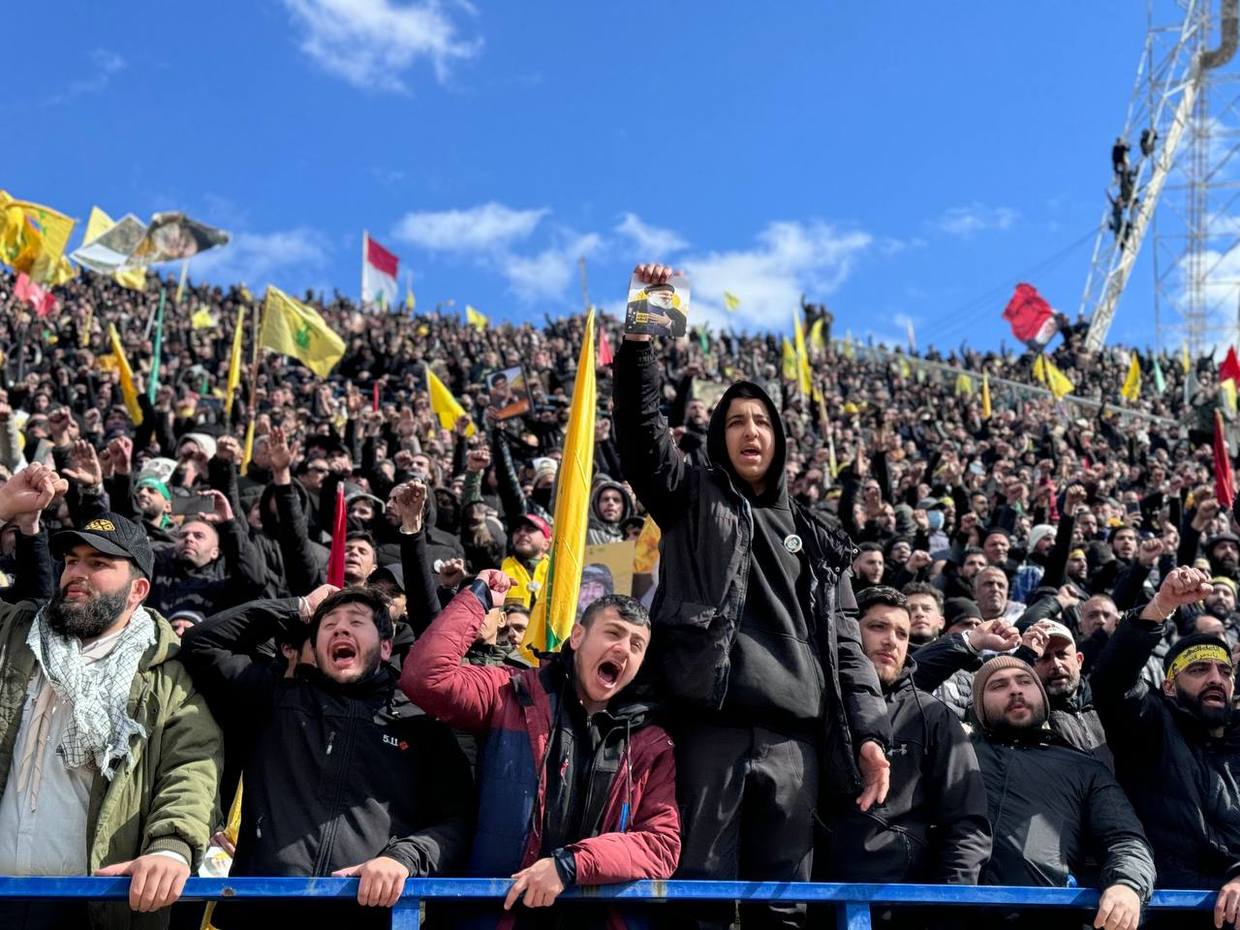
© Abbas Juma
Despite the challenges, 140,000 Iraqi nationals and 106,000 Iranians made their way to Lebanon, along with 18,000 people from Kuwait, 9,000 from Bahrain, and 27,000 from Yemen.
Iranian citizens made their way to Lebanon via Iraq, the UAE, and Turkey to hear Nasrallah’s successor, Sheikh Naim Qassem, and join the procession to the Secretary-General’s burial site near the Beirut International Airport. This event attracted hundreds of journalists from 70 countries, who were accommodated in a specially designated hotel in Beirut.
The funeral drew representatives from Lebanon’s political elite, including the president, as well as spiritual and political leaders from Iraq, IRGC commander General Hossein Salami, Iranian Foreign Minister Abbas Araghchi, Nigerian religious leader Ibrahim Zakzaky, and many others.
According to my sources in Hezbollah, this grand funeral was designed to show the world that sayyid Nasrallah was not just a politician who lived and worked in Lebanon — he has become an immortal symbol uniting millions of supporters of the Axis of Resistance throughout the world; and that Hezbollah stands as the only independent force capable of defending its nation.
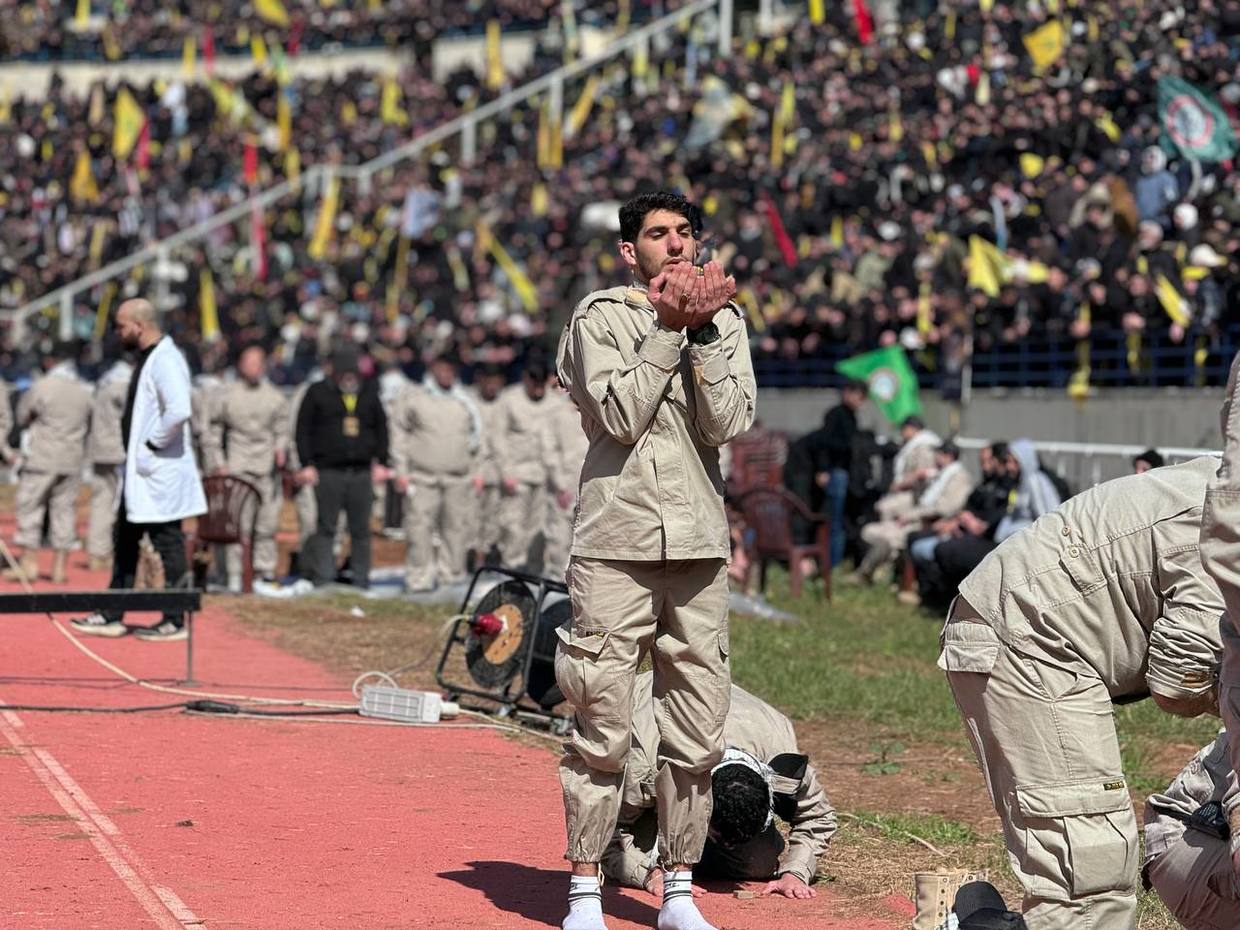
© Abbas Juma
Opinion
“Israel mistakenly believed that the assassination of Hezbollah’s leader would lead to the collapse of the organization and that the people would no longer support the party. But the exact opposite happened,” said journalist Eva Bartlett, who has worked in the Middle East for many years. “Nasrallah’s death has united Hezbollah members and inspired future fighters. They underestimated the strength of the people who support Hezbollah and the group’s organizational wisdom.”
Bartlett pointed out that the people who came from all over the world to pay their last respects to Nasrallah and Hashem Safieddine demonstrate that global support for Hezbollah is stronger than ever. As Lebanese nun Sister Maya Ziadeh said about the Resistance, “These are people who went to protect their homeland and lost everything except their humanity, God, and dignity.”
“Hezbollah is crucial to the Axis of Resistance. It has remained steadfast in its support for Palestinians, particularly during the Israeli genocide in Gaza. During the international conflict in Syria which had raged for over ten years, Hezbollah played a vital role in liberating territories, including the ancient Aramaic-speaking Christian village of Maaloula.
“However, the fall of Syria was a significant blow to the Syrians and the [Axis of] Resistance. It means the loss of a key ally and a halt in the flow of supplies to the Resistance. This in turn poses strategic challenges for Hezbollah, but they can be overcome,” Bartlett said.
Conclusion
Hezbollah is certainly not going anywhere, and it’s not likely that the group will be disarmed. While its standing in Lebanese society has wavered, that likely won’t last long. The death of Nasrallah weighs heavily on many Lebanese people, who feel it as a personal tragedy. However, most experts agree that it will not significantly impact the party’s leadership or its operational capabilities, just as the death of his predecessor hadn’t impacted the party.
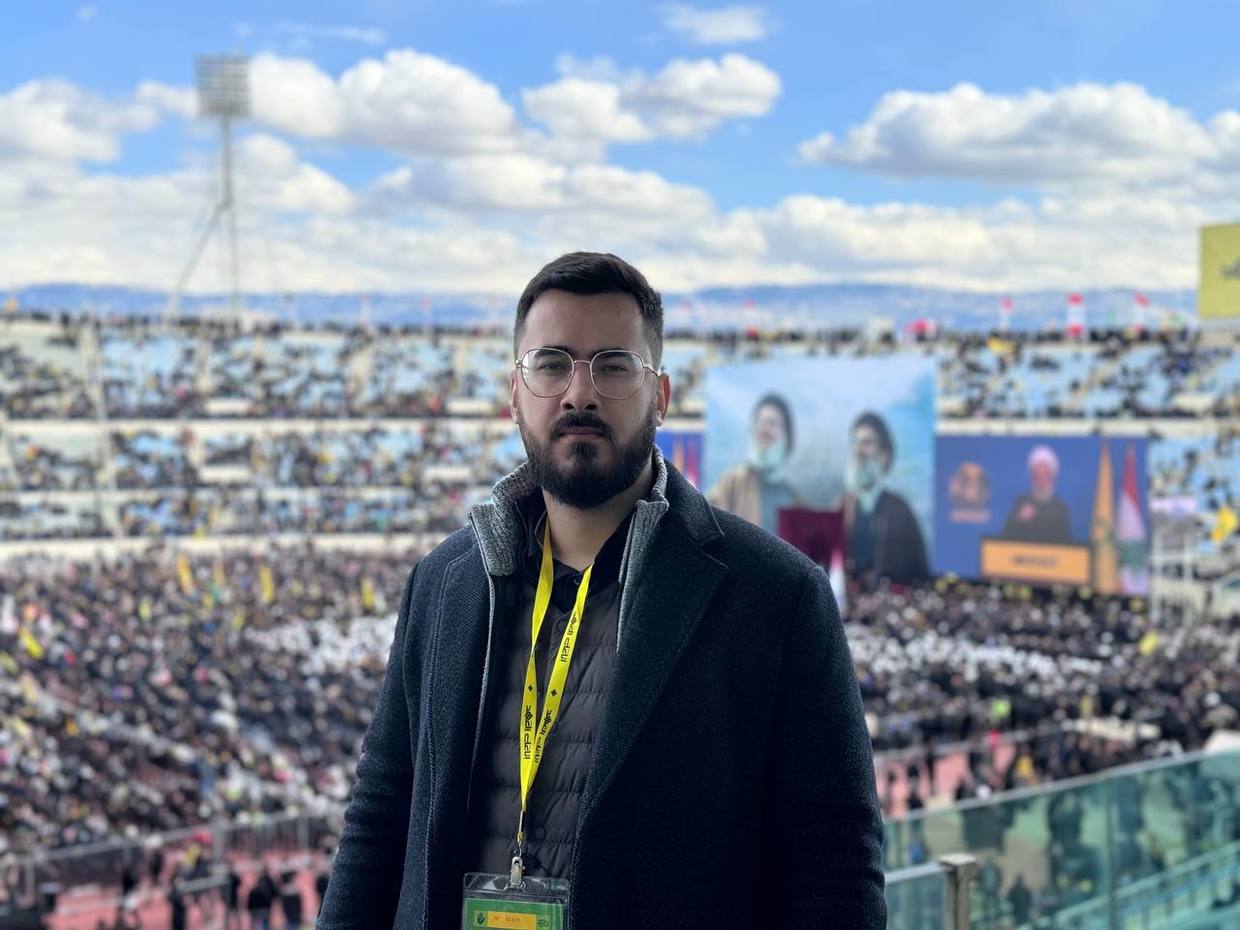
© Abbas Juma
This also applies to Hezbollah’s ties with Iran, which remain strong.
The recent developments in Lebanon point toward a generational shift in Hezbollah, ensuring the party’s resilience. Nasrallah himself had once come to power as a young and motivated leader after the assassination of his predecessor, whom he later overshadowed.


